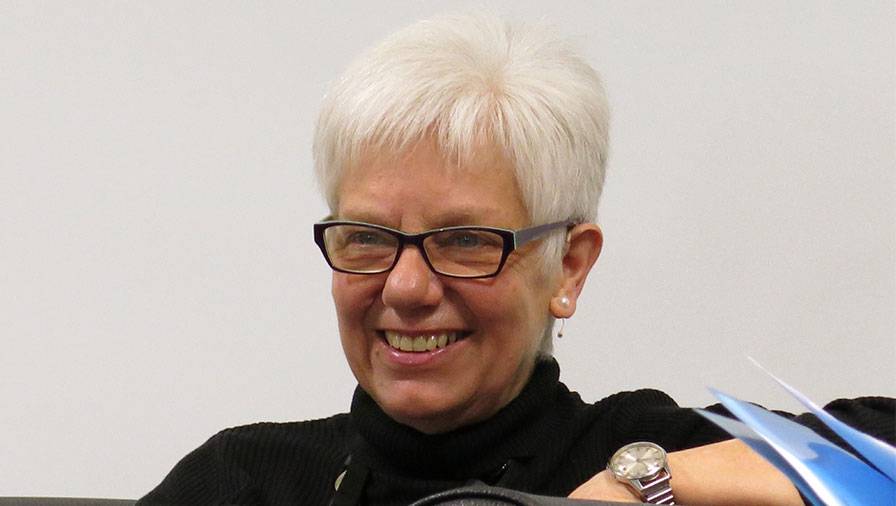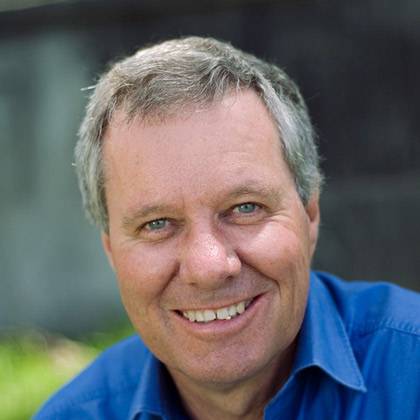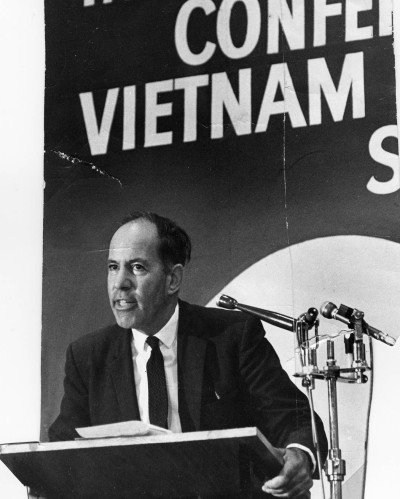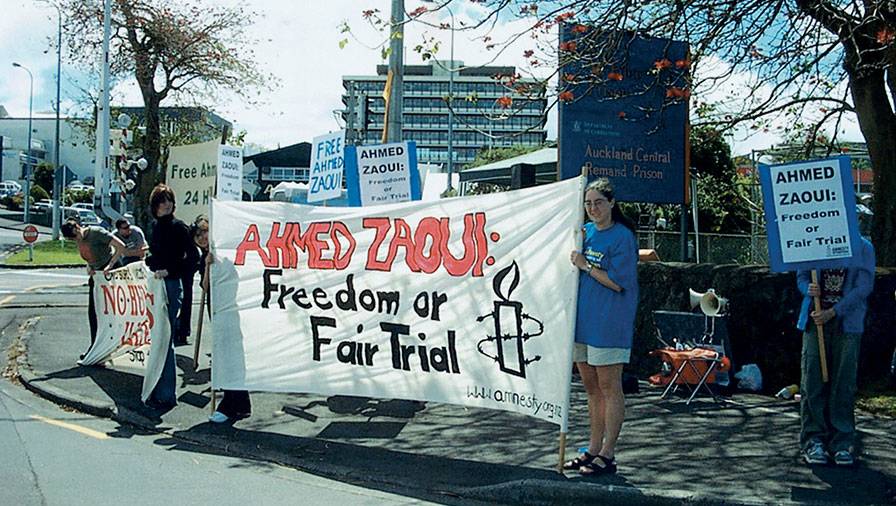Casualties in the course of history
ANALYSIS: A lifetime of activism under the spying eyes of the state.
The Enemy Within: The human cost of state surveillance in Aotearoa/New Zealand, by Maire Leadbeater.
ANALYSIS: A lifetime of activism under the spying eyes of the state.
The Enemy Within: The human cost of state surveillance in Aotearoa/New Zealand, by Maire Leadbeater.
The dangers to a stable society were identified in late 19th century as economic threats from dislocation of commercial activity and ideologies that urged the overthrow of existing political structures.
Both were apparent as colonial administration moved from an armed constabulary to the post-frontier period, marked by the establishment of an unarmed police force in 1886.
Subversion was associated with the growth of industrial unionism and socialism. In 1890, a nationwide strike involving seamen, watersiders, miners, and railway workers exposed the vulnerability of transport and trade networks on which the economy depended.
Significant social reforms followed, including a world-first compulsory industrial conciliation and arbitration system introduced in 1894 that effectively outlawed strikes. But extremist forces continued to play a dissenting role.
It was the police’s job to monitor both these activities as well as citizens identified as sympathetic to countries considered ‘unfriendly’ to the global dominance of the British Empire. These included Ireland, Russia, and Germany.
In Secret History, Richard Hill and Steven Loveridge describe the police as having a generalist rather than a specialist approach to collecting intelligence. From the beginning of the 20th century, police roles ranged from checking on potential subversives arriving from overseas to censoring imported publications.

Maire Leadbeater in 2014.
A specialist security intelligence agency did not arise until World War II and the subsequent Cold War. By then, police had considerable experience in keeping tabs on communists and their various front organisations.
Among them were Christchurch couple Jack and Elsie Locke (née Farrelly and aka Elsie Freeman). Their lifetimes under surveillance since 1933 are the basis for The Enemy Within, by their daughter Maire Leadbeater, author of Peace, Power & Politics (2013), a history of the anti-nuclear movement.
Her new book is based on police and Security Intelligence Service (SIS) files, allowing Leadbeater to create an insider’s story compared with those in Secret History and accounts such as Graeme Hunt’s Spies and Revolutionaries.
The Locke family’s dedication to radical causes is unparalleled. Elsie Farrelly was an Auckland student when she was recruited to the Communist Party in 1933. She married Fred Freeman, then the party’s general secretary, in 1935, though that marriage did not last.
Her 23-year involvement with the party focused on women’s issues and cultural activities as well as opposition to conscription. Organisations included the Unemployed Workers Movement, the William Morris Group, and the Housewives’ Union.
Her extensive files, running to some 300 pages, were first released to Maureen Birchfield for a biography published in 2009. They also tracked her interests in the International Film Society and the WEA (Workers’ Education Association).

Keith Locke.
Elsie remarried in 1941 to Jack Locke, chair of the party’s Christchurch branch. Elsie’s files have been supplemented with others from the Locke family, friends, and activist colleagues. They contain political conversations and personal events, sourced mainly from informers. According to Leadbeater, they are padded out with “banal details of changed travel plans, new jobs, social engagements, and so on”.
One informer was a family friend who later recanted his role. Leadbeater admits it’s difficult to measure the impact on her mother of living under constant surveillance. “Elsie learned to be vigilant and security conscious when she was a party member, and she was always alert to the possibility of infiltration.”
The SIS closed its file when Elsie resigned from the party in 1956 over the suppression of the Hungarian uprising. She embarked on a career as a writer, earning an honorary doctorate in literature from the University of Canterbury.
Leadbeater has no reservations about her own experience of a life under surveillance. The SIS opened files on her and brother Keith, later a Green MP, before they became teenagers, as they followed in their parents’ footsteps.
Both were prominent in left-wing causes at university in the 1960s. In 1970, Keith was a founder of the Socialist Action League, which was grounded in industrial worker politics rather than those of the Soviet Union or China. He was a highly regarded Green MP for four terms from 1999 and died earlier this year.
Maire’s radicalism was channelled into the Campaign for Nuclear Disarmament (CND), largely a creation of the Cold War, and advocacy for independence movements in Timor Leste and West Papua, which is part of Indonesia. Her other case studies of individuals under surveillance will be familiar to those interested in left-wing history.

Wolfgang Rosenberg at the 1968 Peace Power and Politics Conference.
Four of them are members of the Rosenberg family, also of Christchurch and close friends with the Lockes. Wolfgang Rosenberg arrived as refugee from Nazi Germany in 1937, as did his eminent architect brother Gerhard. Wolfgang married Ann Eichelbaum, a pioneer social worker and member of the Peace Council and Housewives’ Union. Rosenberg was an academic economist and a prolific public speaker and writer on socialism and other issues.
One of his columns, under a pseudonym, ran in the Labour Party’s The Standard, while the Monthly Review, which he edited, was a vehicle for left-wing opinion from 1960-79, much of it sympathetic to the Soviet Union and China. It’s likely his views prevented his promotion to professorships at both Victoria and Canterbury universities. He retired from the latter in 1980, aged 65. He then gained a law degree and set up his own practice. He was honoured with an Order of Merit in 2000 and died in 2007.
Like the second generation Lockes, brothers George and Bill Rosenberg earned SIS files for their radical activities, George as a lawyer and Bill as an economist. Both continue to flourish in their careers.
Leadbeater’s case against surveillance by specialist agencies is largely based on favourable public opinion to the outcomes of campaigns against South African apartheid, racist rugby tours, and nuclear testing in the Pacific. She also includes activism over New Zealand’s military involvements in Iraq and Afghanistan, anti-terrorist operations, and the treatment of suspect refugees.
But that judgment dIdn’t mean all these issues were on the right side of history. Intelligence agencies such as the SIS and Government Communications Security Bureau should remain interested in those opposed to military bases run by allies, anti-terrorism missions, or free trade deals, as well as commitment to the Five Eyes intelligence network.
The CND, for example, was a model for Soviet disinformation that defined ‘peace’ as unilateral disarmament by the West during the Cold War. Instead, a buildup of Western defence resolve brought down the Soviet Union and ended the Cold War without any help from the anti-nuclear movement.

A vigil for Ahmed Zaoui outside Mt Eden prison in October 2003. Photo: Amnesty International.
SIS involvement in the enigmatic Ahmed Zaoui case was a cause célèbre on the left for many years. Yet the SIS raised justifiable doubts; this supposed political refugee is now back in custody in Algeria facing charges of subversion.
The release of SIS files has always been contingent on protecting sources of information. That includes details of financial support from the Soviet Union and China for local political organisations. The biography of trade union leader Bill Andersen, by Cybèle Locke (no relation), and the memoir of former SIS agent Kit Bennetts on the Sutch case, both indicated the SIS was still withholding information.
Until this can be fully explained, the benefit of doubt must rest with the intelligence agencies. If anything, the threats to a stable society, including economic ones, are more numerous than ever, as extremist activism moves into the areas of ecology, climate change, animal welfare, and cyberwarfare.
The Enemy Within: The human cost of state surveillance in Aotearoa/New Zealand, by Maire Leadbeater (Potton & Burton).
Further reading:
Secret History: State surveillance in New Zealand, 1900-1956, by Richard Hill and Steven Loveridge (a second volume is due in 2025).
Comrade: Life of Bill Andersen, by Cybèle Locke (2022).
Looking for Answers: A life of Elsie Locke, by Maureen Birchfield (2009).
Spies and Revolutionaries, by Graeme Hunt (2007).
Spy, by CH (Kit) Bennetts (2006).
Nevil Gibson is a former editor-at-large for NBR. He has contributed film and book reviews to various publications.
This is supplied content and not commissioned or paid for by NBR.
Sign up to get the latest stories and insights delivered to your inbox – free, every day.